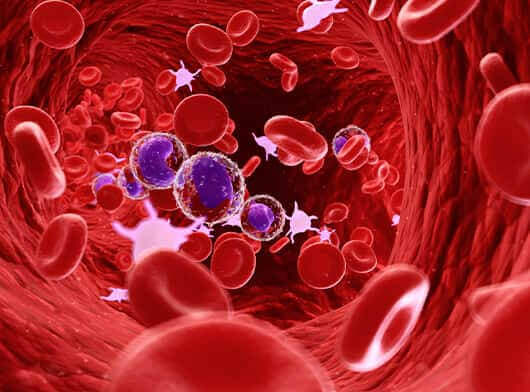If one of the parents is a carrier of thalassemia, the child can develop thalassemia minor. People with this disorder usually do not exhibit any symptoms, which makes it difficult to identify the condition. It is thus advisable to test the parents and relatives whenever one child is tested positive for thalassemia.
If both parents have thalassemia, there is a 25 per cent chance the child will be born with thalassemia.
India ranks on the list when it comes to thalassemia. Over 10,000 children are born with the condition every year in the country. Of these, 50 per cent do not survive till the age of 20 due to poverty and lack of treatment. Over four million Indians are thalassemia carriers, and more than 100,000 are patients.
Tips For Thalassemia Patients
-
Thalassemia patients should pursue universal immunisation to prevent exposure to infections.
- It is recommended to consume food that doesn’t have high iron content as the patients undergo frequent blood transfusion and will have iron overload.
- Patients should be followed by a paediatric haematologist and avoid taking iron syrups or iron tablets for improvement of anaemia.
- Sticking to a healthy diet and routine exercise will help manage the disease.
Since your body has fewer red blood cells when you have thalassemia, you may have low blood count or anaemia symptoms. When you have anaemia, you might feel tired or weak. You might also experience:
- Dizziness
- Shortness of breath
- A fast heartbeat
- Headache
- Difficulty concentrating
- Pale skin
- Your body will try very hard to make more red blood cells. The main place where blood cells are made in the bone marrow is the dark, spongy part in the middle of bones. Because your bone marrow may work harder than normal, it might grow bigger. This causes your bones to expand and may stretch your bones and make them thinner and more easily broken.
- Another place where blood is made is an organ called the spleen. It sits on the left side of your abdomen, just under your lower ribs. The spleen has many other jobs. Two of the major ones are filtering and monitoring the blood for certain infections. When it finds these infections, it can start fighting them. For example, when you have Thalassemia, the spleen can get very big as it tries to make blood cells.


